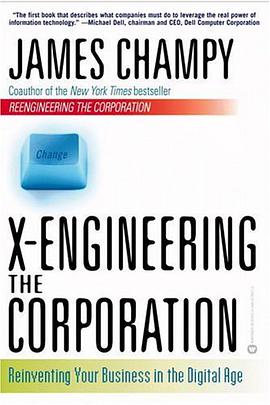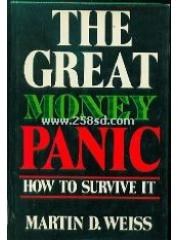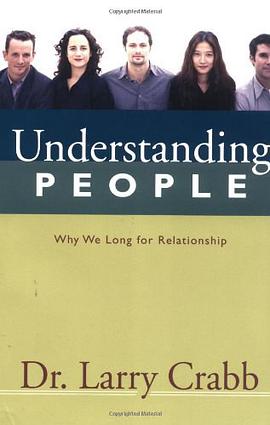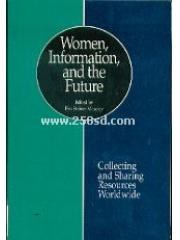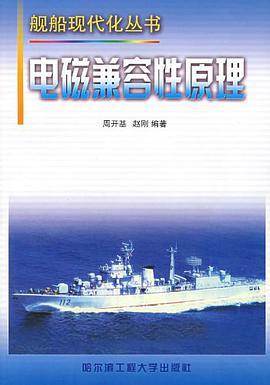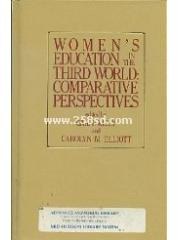

具体描述
Have you ever watched the long, curving flight of a baseball<br >home run? How fast would that baseball have to leave the<br >bat in order to travel a mile or several kilometers?<br > Normally, such questions are answered using mathe-<br >matics rather than by performing experiments. Experi-<br >ments can be great fun. But questions of this nature are<br >often asked out of intellectual curiosity. This kind of<br >curiosity is not so much about baseball as about thinking,<br >that is, curiosity about the way people solve puzzles.<br > The fun in asking such imaginative questions is not<br >really diminished because no player may ever actually hit a<br >baseball a mile. The novelty of asking the question and the<br >excitement of discovering a logical answer by thinking is<br >enjoyable in itself without actually trying to find a way to<br >hit a baseball such an unlikely distance.<br >FORMULA FACTS<br >Solving complicated problems often involves using mathe-<br >matical formulas, or equations. The formulas may come<br >from algebra, geometry, trigonometry, or some other<br >branch of mathematics. In many cases, a formula is used as<br >a rule, explaining how to evaluate some variable or quanti-<br >ty. To mathematicians and scientists, the term evaluate<br ><br >
作者简介
目录信息
读后感
评分
评分
评分
评分
用户评价
相关图书
本站所有内容均为互联网搜索引擎提供的公开搜索信息,本站不存储任何数据与内容,任何内容与数据均与本站无关,如有需要请联系相关搜索引擎包括但不限于百度,google,bing,sogou 等
© 2025 book.wenda123.org All Rights Reserved. 图书目录大全 版权所有




